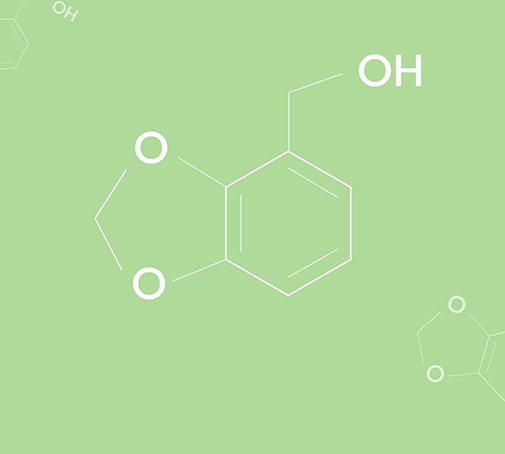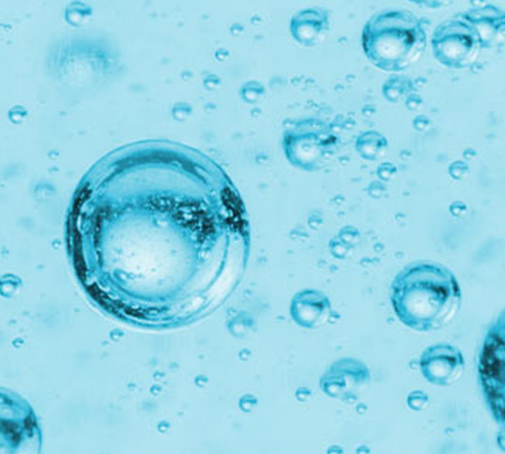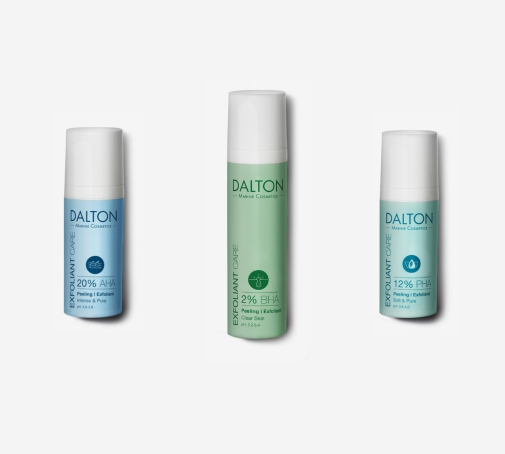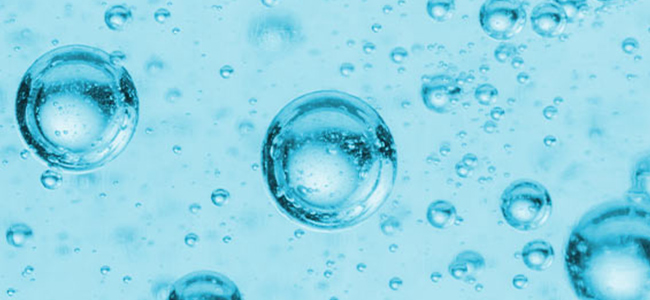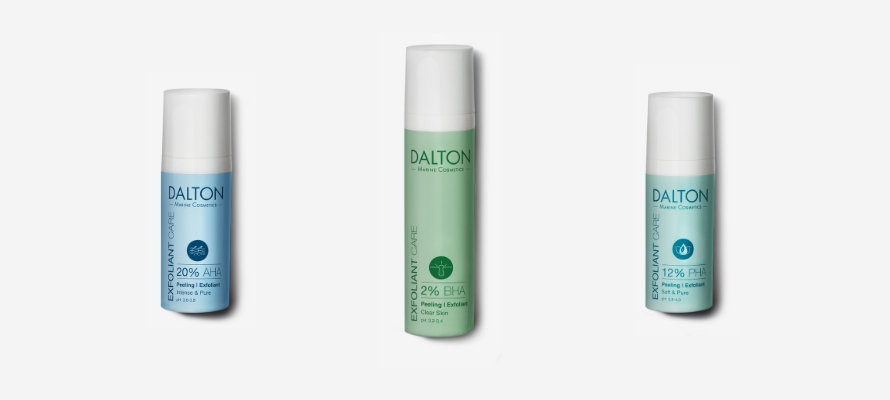

What is Skin pH?
Everyone has probably heard of the pH value or the term pH-neutral. But what exactly is the pH value of skin, what does the skin’s acid mantle have to do with it and are pH-neutral skincare products really the secret to healthy skin? We have asked our product developer Eva and compiled all the important information for you in this magazine article.
Let’s Ask Our Expert




First of all, the most important question: What is pH?
Eva: The pH is a measure of the acidity or alkalinity of a solution on a pH scale from 0 to 14. A pH of 7 (pure water) is considered neutral, while values below 7 are acidic and values above 7 are alkaline (also called basic). The abbreviation PH stands for "pondus Hydrogenii", which means "quantity of hydrogen", i.e. the concentration of hydrogen ions in a solution.
First of all, the most important question: What is pH?
Eva: The pH is a measure of the acidity or alkalinity of a solution on a pH scale from 0 to 14. A pH of 7 (pure water) is considered neutral, while values below 7 are acidic and values above 7 are alkaline (also called basic). The abbreviation PH stands for "pondus Hydrogenii", which means "quantity of hydrogen", i.e. the concentration of hydrogen ions in a solution.
What does the pH value have to do with the skin’s acid mantle?
Eva: The natural acid mantle of our skin, also known as the "hydrolipidic film", is a thin protective layer on the surface of the skin, consisting of water, sebum and sweat. This acid mantle has a slightly acidic value which is normally between 4.5 and 5.5. An acidic environment on the skin helps to keep harmful microorganisms at bay and protects the skin from moisture loss.
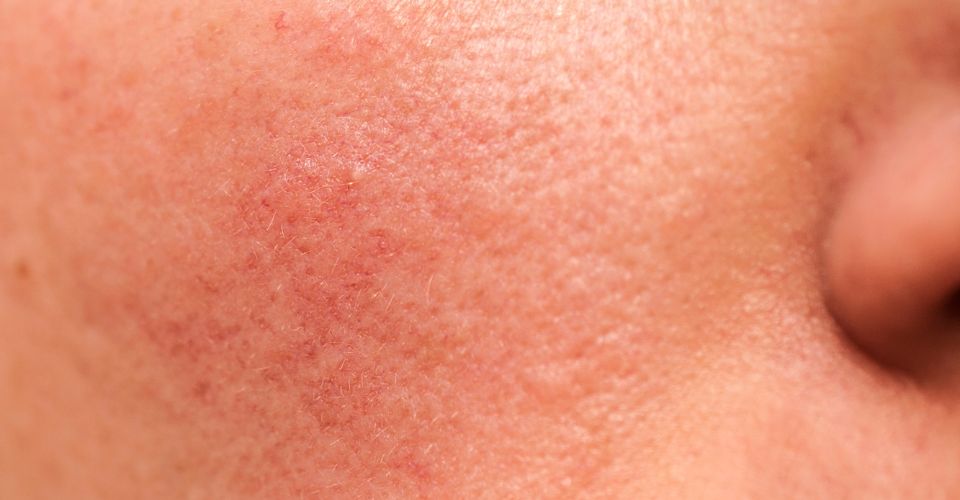



What happens when the pH value of our skin changes?
Eva: Discruptions to the skin’s pH level can lead to various changes, depending on whether it is too acidic or too alkaline:
Dryness: If the pH value of the skin becomes too alkaline, it won’t be able to produce important lipids. As a result, the skin loses its ability to retain water and becomes dry.
Irritation and redness: If the skin’s pH is too acidic, you might experience itching, burning, inflammation and redness.
That is why you should always make sure to maintain a balanced pH for healthy skin. You can achieve this by cleansing and caring for your skin properly. However, a balanced lifestyle and healthy diet can also influence the skin’s pH.
How to restore the skin’s pH?
Eva: If you notice that your skin is out of balance, you should give it a little break and avoid frequent washing. Don’t use hot water, since that can also have a drying effect. You should also make sure to avoid irritating substances such as alcohol or certain fragrances.
Are only pH-neutral products good for the skin?
Eva: No, not necessarily. pH-neutral products are formulated to have a pH value that is close to the skin’s natural pH. This helps to maintain the natural balance of the acid mantle and keeps the skin barrier intact. Such products can be particularly beneficial for people with sensitive or easily irritated skin, since they are gentler on the skin. However, there are also skincare products with a slightly acidic ph value. For example, products that treat acne. This can help to inhibit the growth of acne-causing bacteria.
How is the pH value relevant for chemical peels?
Eva: The pH value of a chemical peel is crucial to how effective or "strong" the exfoliation is. Chemical peels with a low pH value (higher acidity) penetrate deeper into the skin and have a stronger exfoliating effect, e.g. our AHA and BHA peels. They are often used for blemish-prone skin or to achieve an anti-aging effect. Exfoliants with a higher pH value are gentler and more suitable for sensitive skin, e.g. our PHA peel.




How can you measure the pH value?
Eva: The method everyone probably knows from chemistry lessons at school is the pH test strip. The color change on the strip indicates the pH value of the liquid in which it is dipped. It turns red for acidic liquids and blue for alkaline liquids. However, the value can also be determined using a pH meter. You dip the pH pen into the liquid and can then read the pH value on the display.
Does everyone’s skin have the same pH value?
Eva: No, it varies from person to person, depending on skin type, body part and age. People with dry skin tend to have a more alkaline value and people with oily skin tend to have a value in the acidic range.
Do all body parts have the same pH value?
Eva: No, as already mentioned, there are differences in the various parts of the body. For example, the skin under our armpits or on the soles of our feet tends to be more alkaline.
How can the pH value change?
Eva: The first change occurs just a few months after birth. Babies are born with a slightly alkaline pH value, which gradually becomes slightly acidic. However, hormonal changes or external factors, such as what kind of soap you use, can also affect the skin’s pH.


Beauty editor
SIMILAR POSTS
You Might Also Like

